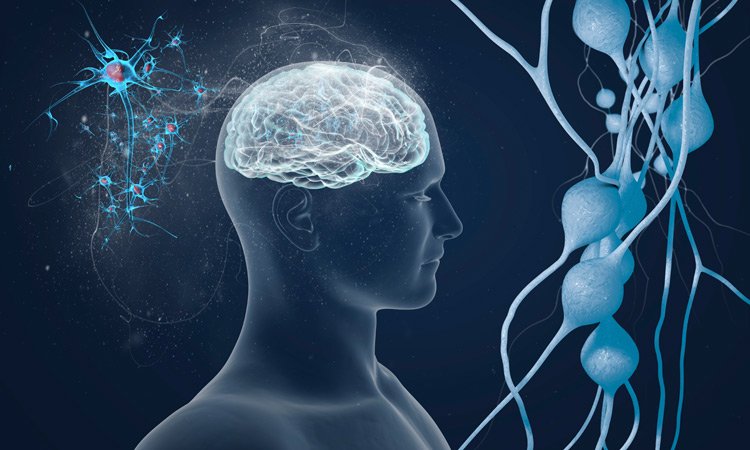Light therapy helps in brain connectivity following injury

Illinois, US: A study suggests that low-level light treatment may have an impact on the healing process in the brains of individuals who have experienced serious brain injuries.
The findings of the study were published in Radiology, a journal of the Radiological Society of North America (RSNA).
The ability of various wavelengths of light to heal wounds has been researched for many years. Low-level light treatment was used by researchers at Massachusetts General Hospital (MGH) on 38 patients who had experienced moderate traumatic brain injury, which is defined as a head injury severe enough to affect cognition and/or be detectable on a brain scan. Within 72 hours of their injury, patients underwent light therapy using a near-infrared light-emitting helmet.
"The skull is quite transparent to near-infrared light," said study co-lead author Rajiv Gupta, M.D., Ph.D., from the Department of Radiology at MGH. "Once you put the helmet on, your whole brain is bathing in this light."
The researchers used an imaging technique called functional MRI to gauge the effects of the light therapy. They focused on the brain's resting-state functional connectivity, the communication between brain regions that occurs when a person is at rest and not engaged in a specific task. The researchers compared MRI results during three recovery phases: the acute phase of within one week after injury, the subacute phase of two to three weeks post-injury and the late-subacute phase of three months after injury.
Of the 38 patients in the trial, 21 did not receive light therapy while wearing the helmet. This was done to serve as a control to minimize bias due to patient characteristics and to avoid potential placebo effects.
Patients who received low-level light therapy showed a greater change in resting-state connectivity in seven brain region pairs during the acute-to-subacute recovery phase compared to the control participants.
"There was increased connectivity in those receiving light treatment, primarily within the first two weeks," said study coauthor Nathaniel Mercaldo, Ph.D., a statistician with MGH. "We were unable to detect differences in connectivity between the two treatment groups long term, so although the treatment appears to increase the brain connectivity initially, its long-term effects are still to be determined."
The precise mechanism of the light therapy's effects on the brain is also still to be determined. Previous research points to the alteration of an enzyme in the cell's mitochondria (often referred to as the "powerhouse" of a cell), Dr. Gupta said. This leads to more production of adenosine triphosphate, a molecule that stores and transfers energy in the cells. Light therapy has also been linked with blood vessel dilation and anti-inflammatory effects.
"There is still a lot of work to be done to understand the exact physiological mechanism behind these effects," said study coauthor Suk-tak Chan, Ph.D., a biomedical engineer at MGH.
While connectivity increased for the light therapy-treated patients during the acute to subacute phases, there was no evidence of a difference in clinical outcomes between the treated and control participants. Additional studies with larger cohorts of patients and correlative imaging beyond three months may help determine the therapeutic role of light in traumatic brain injury.
The researchers expect the role of light therapy to expand as more study results come in. The 810-nanometer-wavelength light used in the study is already employed in various therapeutic applications. It's safe, easy to administer and does not require surgery or medications. The helmet's portability means it can be delivered in settings outside of the hospital. It may have applications in treating many other neurological conditions, according to Dr. Gupta.
"There are lots of disorders of connectivity, mostly in psychiatry, where this intervention may have a role," he said. "PTSD, depression, autism: these are all promising areas for light therapy."















































